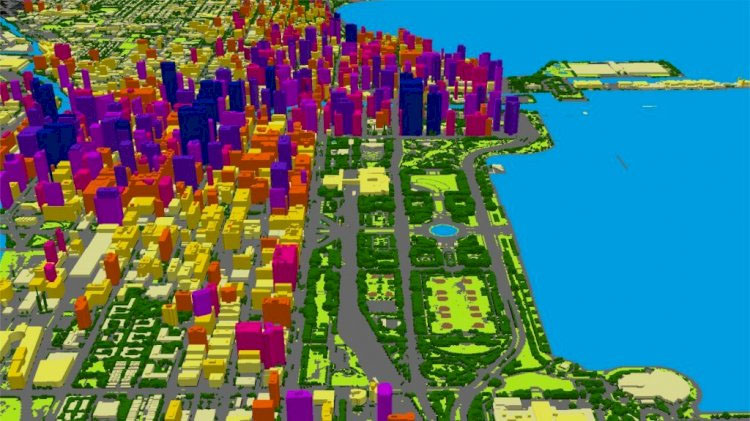Indian Armed Forces ‘Reject’ Defense Ministry’s Plan To Ease Norms On Geospatial Mapping
January 5, 2021
The Ministry of Defense has proposed to do away with the permission required for geospatial mapping for all areas up to a distance of 25 kilometers from land borders or coastal borders, Indian daily The Tribune said in a report.
The proposed change in rules is to “review the policy on geospatial and geophysical systems” for delivery applications such as Google and Apple map services as well as taxi, food, and shopping applications, which currently require special permission for mapping a “no-go” zone.
The proposal has an exception for the “pin-pointed areas” by security forces of the country which shall be excluded from it, the report added, citing unnamed sources.
However, in a meeting on December 31, security forces rejected the proposal for “un-restricted mapping in no-go zone.” The proposal also seeks to free the mapping of underwater regions up to 12 nautical miles from the coastline.
These private firms operating in the border or coastal states including Jammu and Kashmir, Ladakh, Rajasthan, Punjab currently require special permission from the Ministry of Defense.
The government wants to provide free access to these private players removing the permission process. However, a committee of the NITI Aayog with representatives from all security agencies have advised against this proposal, said the Tribune report.
According to one of the principles of the government’s National Geospatial Policy 2016, geospatial data and information may “be made available in both human-readable and machine-readable forms over the web and mobile platforms in an obligatory and time-bound output-oriented manner, without compromising national security”.
The 2016 policy also enables the promotion, adoption, and implementation of emerging/state-of-the-art technologies for data acquisition, product generation, solutions, and services based on geospatial data.
“Geolocation forms the very basis of planning and execution of all conventional military operations and Geographic Information System (GIS) technology has the potential not only to revolutionize the military intelligence domain but also the conduct of operations,” Wing Commander Puneet Bhalla, a Senior Fellow, Centre for Land Warfare Studies, New Delhi wrote in the institute’s journal.
He added that the understanding of Geospatial Intelligence (GEOINT) technology and its potential at all levels of Service hierarchy would be the key enabler for its optimum application and integration into the armed forces’ doctrines and planning.
The Tribune report, citing the armed forces’ contention, suggests that since the software and equipment used in geo-spatial mapping comes from abroad, there is always a risk of its misuse.
It further said that while the US and European nations have developed technology to counter such threats, India still has a long way to go.
Courtesy: Eurasian Times

